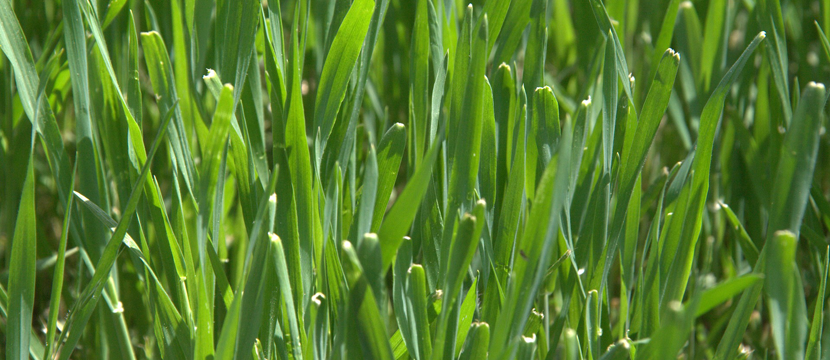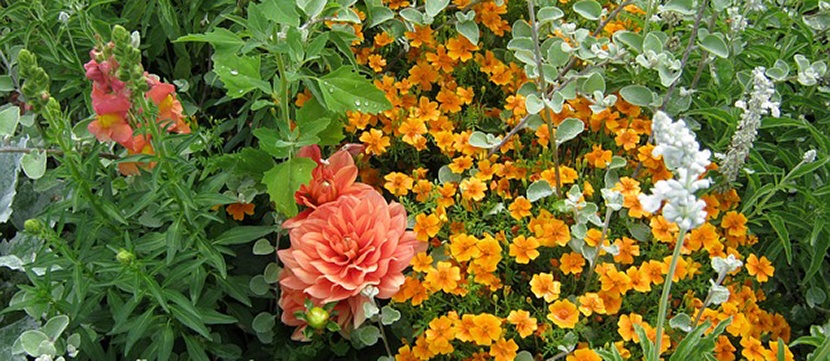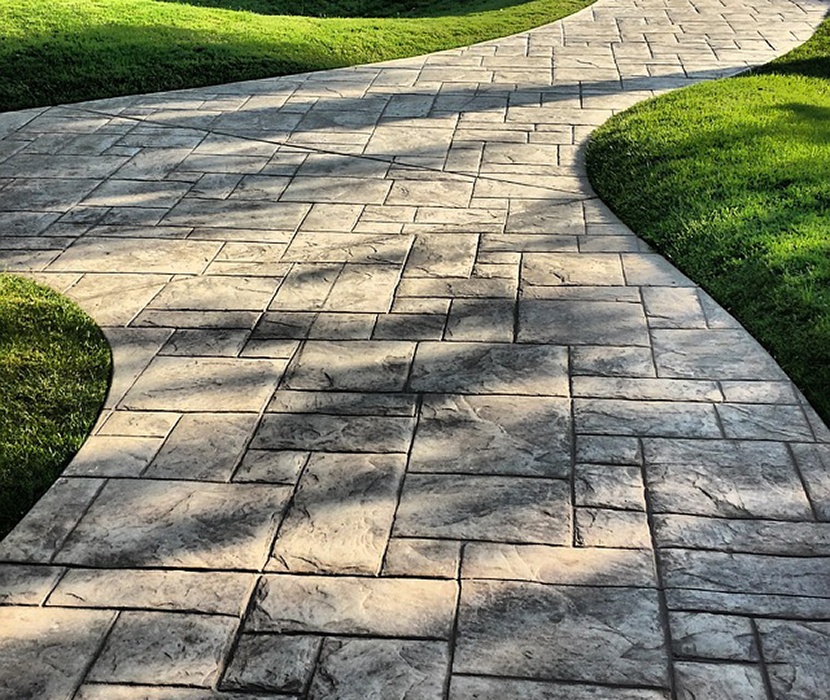
You’ve built your dream home. You’ve moved in, unpacked all the boxes, and arranged the furniture. Now you’re ready to transform your yard into a stunning oasis with plenty of curb-appeal. But wait? While it may be tempting to throw down some sod and you may be ready to and plant trees, shrubs and flowers, landscape professional suggest that you take some time to develop a plan first.
Before you can begin looking at your yard, the first step is to consult with the developer to find out what architectural controls apply in your new community. Next you’ll want to walk around your yard and consider features such as drainage, privacy, sunlight and views that you want to preserve.
 Quality landscaping blends creative design with knowledge of horticulture. It also incorporates the tastes, needs and desires of the family. Before a design is even started, a homeowner must honestly assess the time and money he is willing to devote to his landscape’s maintenance and upkeep. Flower beds require routine weeding, watering, pruning and deadheading to look their best. Mulch must be applied every spring. A well-thought out and designed landscape blends seamlessly with the house, giving the impression it has been there all along. To keep a beautiful landscape looking its best, the homeowner must either be willing to devote time and energy to its upkeep, or be willing to pay someone else to do so.
Quality landscaping blends creative design with knowledge of horticulture. It also incorporates the tastes, needs and desires of the family. Before a design is even started, a homeowner must honestly assess the time and money he is willing to devote to his landscape’s maintenance and upkeep. Flower beds require routine weeding, watering, pruning and deadheading to look their best. Mulch must be applied every spring. A well-thought out and designed landscape blends seamlessly with the house, giving the impression it has been there all along. To keep a beautiful landscape looking its best, the homeowner must either be willing to devote time and energy to its upkeep, or be willing to pay someone else to do so.
Staring with a blank canvas can be exciting. In the beginning, there are endless design possibilities with pathways, decks, fire pits, flower beds, raised beds and more. With all these options to consider, it can sometimes be a bit overwhelming. And so, we’ve put together a number of principles and design elements to be considered when first landscaping a new construction home. Here are a few to consider:
- Function – Landscaping should meet a family’s needs. Think about how the area will be used and how you want to use different areas for different functions. Will these functions change depending on the season or at different times of the year? Do you need a children’s play area, or an area that is designated for the family dog? How about a vegetable garden, a rose garden, or a raised bed dedicated to cut flowers? Also consider space for entertaining, such as a deck, patio, or gazebo. These are considered hardscape elements, as are the walkways that connect them to one another, and to other areas within the landscape.
- Proportion or Scale – A plant’s size at maturity must be taken into account within the landscape’s overall design. Failure to do so is a common mistake frequently made by new homeowners. A good rule of thumb when planting trees is to maintain a distance from the home’s foundation of at least half that of the tree’s mature height. Thus, a 40-foot tree should be planted no closer than 20 feet from the home. Trees visually anchor a home to the ground and provide shade and privacy. Flowering trees make good focal points in a landscape. Small evergreens, such as boxwoods and junipers, are useful for establishing boundaries. They also function as links that connect unrelated plantings or gardens.
- Balance, Unity, and Organization – Nothing in nature occurs in straight lines or geometric shapes, and neither should the landscaping in your Calgary community. Another basic rule of landscaping is to create a natural appearance by planting in odd-numbered clusters and groupings. Conversely, symmetrical homes built by a new home builder require balanced and symmetrical plantings. When a home or landscape is symmetrical, each half would mirror the other if it were split down the middle. Examples of this are routinely seen in Colonial styles of architecture.
- Choose Appropriate Plantings – Forget the hardiness guide when choosing plants and trees. Instead, go with what grows in that geographical area. These are generally referred to as native plants or native plantings. Consider adding different heights and types of plants such as ornamental grasses to the landscape. Ornamental grasses add texture, movement and interest to the overall landscape, and are a source of food for birds and wildlife.
- Colour – A common mistake is adding too much colour. Intermingled color across a landscape confuses the eye and creates a sense of disconnect. On the other hand, masses and groupings of colour impart a sense of harmony. Create seasonal interest with plants that bloom at different times of the year, or whose colour changes with the seasons. Colour not only applies to blooms, but also to leaves, bark, and fruit as well.
 By developing and adhering to a master plan, one can avoid wasting time and money with costly re-works. When developing a master landscape plan, consider soil type, watering needs, drainage, and sun exposure. A sustainable landscape requires an understanding your property’s microclimates. These are small areas within the larger landscape where the temperature, soil and sun exposure varies from the overall surroundings. It could be dry and sandy in one area, moist and wet in another, and perhaps even include a pocket of shady ground. Understanding how to incorporate microclimates into your overall landscape will serve you well in the years to come.
By developing and adhering to a master plan, one can avoid wasting time and money with costly re-works. When developing a master landscape plan, consider soil type, watering needs, drainage, and sun exposure. A sustainable landscape requires an understanding your property’s microclimates. These are small areas within the larger landscape where the temperature, soil and sun exposure varies from the overall surroundings. It could be dry and sandy in one area, moist and wet in another, and perhaps even include a pocket of shady ground. Understanding how to incorporate microclimates into your overall landscape will serve you well in the years to come.
Lastly, support your area’s community by frequenting local nurseries, garden centers, and agricultural cooperatives. Many gardening tools, decorative accents and objects of garden art can be found at garage sales and local craft shows. Plan to incorporate bee houses, and bird houses into your landscape. They will not only benefit the animals, but will profit your home and garden, as well.